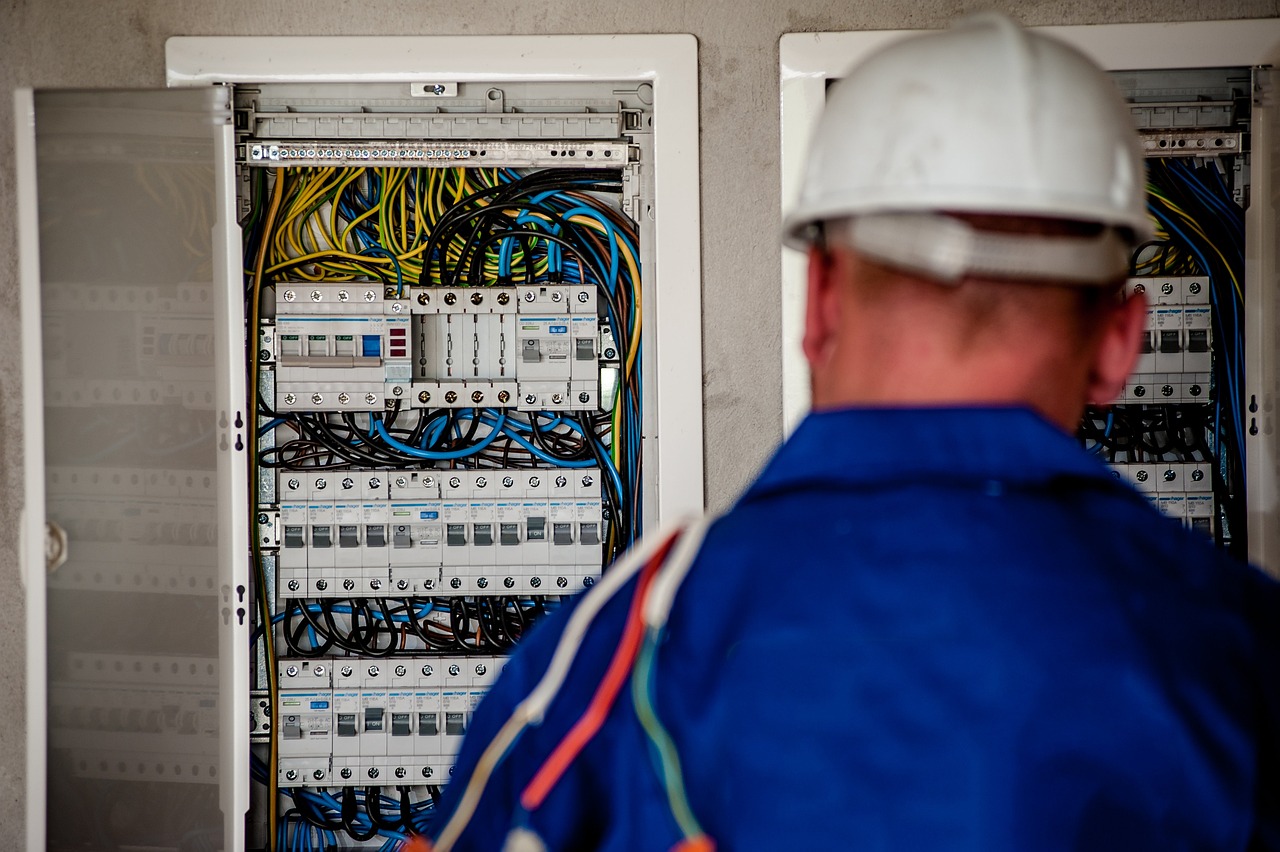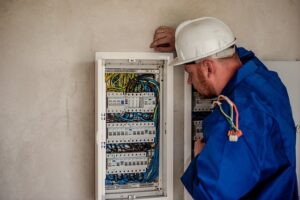
Top Four Types of Electrical House Wiring Systems: A GuideTop Four Types of Electrical House Wiring Systems: A Guide
So you’ve been thinking ahead and setting up network cable in your home as soon as you’ve found the best network cable testers manufacturer. But you forgot that your house just went through a renovation project. Now you’re thinking on planning to install electrical wiring in your house. Or are you simply curious about the different types of electrical house wiring systems available?
In this guide, we will explore the top four types of electrical house wiring systems: Cleat Wiring, Casing and Capping Wiring, Batten Wiring, and Lead Sheathed Wiring. Each type has its unique features and benefits that cater to specific needs. By understanding these options, you can make informed decisions when it comes to choosing an electrical house wiring system that suits your requirements. So let’s get started.
Cleat Wiring
 Cleat wiring is one of the oldest types of electrical house wiring systems. It involves using an insulated cable fitted with a brass cleat at regular intervals to fix it onto wooden walls or ceilings. The brass cleats provide mechanical support, while the insulation prevents electric shocks and short circuits. One advantage of this type of wiring is that it’s affordable and easy to install compared to other types of electrical house wiring systems. This makes it suitable for small-scale residential projects with limited budgets.
Cleat wiring is one of the oldest types of electrical house wiring systems. It involves using an insulated cable fitted with a brass cleat at regular intervals to fix it onto wooden walls or ceilings. The brass cleats provide mechanical support, while the insulation prevents electric shocks and short circuits. One advantage of this type of wiring is that it’s affordable and easy to install compared to other types of electrical house wiring systems. This makes it suitable for small-scale residential projects with limited budgets.
Casing and Capping Wiring
Unlike cleat wiring, this type involves using PVC pipes, which are capped at both ends to enclose the electrical wires. The casing protects the wires from external damage while also providing insulation. Casing and capping wiring is relatively easy to install, making it a preferred option for DIY enthusiasts. However, this kind of wiring can be challenging to repair or replace once installed because access to the cable requires the removal of the cap.
Batten Wiring
Batten wiring is another simplest and oldest type of electrical house wiring system. This wiring system involves using wooden battens or metal clips to hold cables in place along walls and ceilings. Battens are thin pieces of wood, usually flat, rectangular, and around 25mm wide. They’re regularly nailed or screwed into walls to support cables running parallel with them. This type of wiring is ideal for temporary installations because it’s easy to install and remove without causing major damage to walls, unlike other systems that require drilling holes through the brickwork.
Lead Sheathed Wiring
Last but not least, this wiring involves encasing copper conductors in lead tubes, which are filled with insulating material and covered with an outer layer of lead. The primary advantage of this wiring system is its durability and resistance to moisture and corrosion. However, while it may be durable, it can also be difficult to install due to the materials’ weight. Additionally, repairing or replacing sections of lead-sheathed wiring can prove challenging as it requires specialized tools and expertise.
Tips for Choosing
 When it comes to choosing the right electrical house wiring system, there are a few factors you need to consider. You should also consider the size of your property and how much wiring will be required. Additionally, you’ll want to consider the age of your home – older properties may require different types of wiring than newer ones. Ultimately, whichever type of electrical house wiring system you choose will depend on your specific needs and circumstances.
When it comes to choosing the right electrical house wiring system, there are a few factors you need to consider. You should also consider the size of your property and how much wiring will be required. Additionally, you’ll want to consider the age of your home – older properties may require different types of wiring than newer ones. Ultimately, whichever type of electrical house wiring system you choose will depend on your specific needs and circumstances.
We hope this guide has helped shed some light on the most common types available so you can make an informed decision. All in all, having a safe and reliable electrical wiring system in place is essential for any household.…